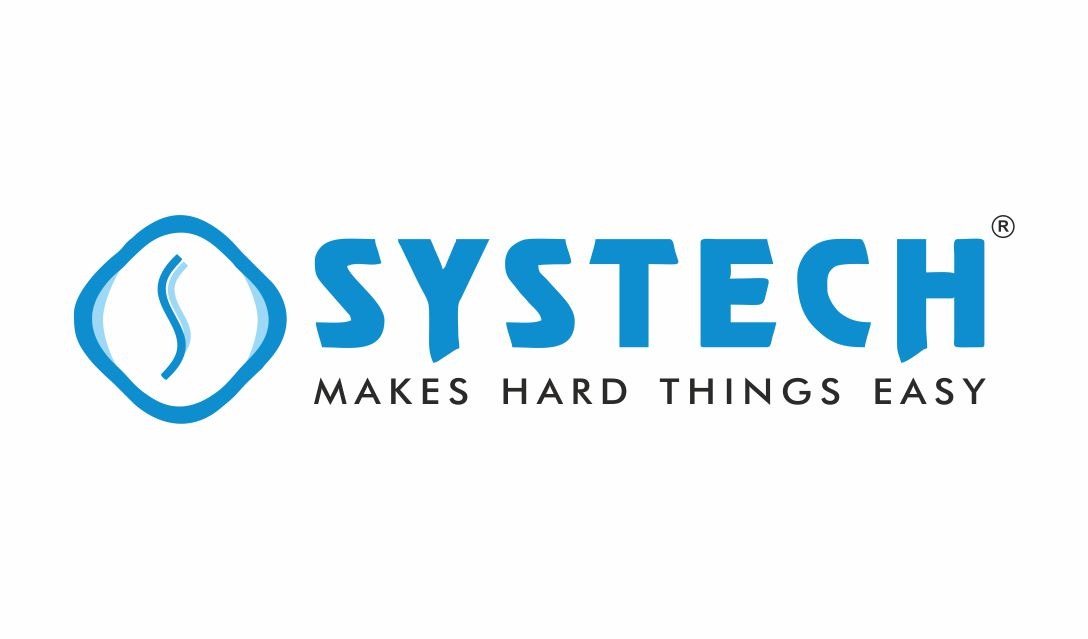Table of Contents
Python is one of the most beginner-friendly programming languages, and creating a multiplication table in Python is a great way to practice basic coding concepts. Whether you’re a beginner or an experienced programmer, this guide will walk you through everything you need to know about writing a Python program to print a multiplication table. By the end, you’ll not only understand how to generate a table but also learn advanced techniques to customize and optimize your code.
What is a Multiplication Table?
A multiplication table is a mathematical tool that displays the products of two numbers in a grid format. For example, a 5×5 multiplication table shows the results of multiplying numbers from 1 to 5. Here’s what it looks like:
1 x 1 = 1
1 x 2 = 2
…5 x 5 = 25
Multiplication tables are foundational in math and programming. They help you understand loops, iteration, and data organization—skills that are essential for more complex coding tasks.
Why Use Python to Generate a Multiplication Table?
Python is a versatile language known for its simplicity and readability. Here’s why it’s perfect for creating a multiplication table program in Python:
- Easy Syntax: Python’s clean syntax makes it ideal for beginners.
- Built-in Functions: Python offers tools like range() and print() that simplify repetitive tasks.
- Flexibility: You can easily extend the program to handle advanced features like user input or file saving.
Compared to languages like Java or C++, Python requires fewer lines of code, making it faster to write and debug.
Prerequisites for Writing a Python Multiplication Table Program
Before diving into the code, make sure you’re familiar with these basics:
- Python Syntax: Understand how to write and run Python scripts.
- Loops: Know how to use for and while loops for iteration.
- Input/Output: Learn how to take user input using input() and display output using print().
If you’re new to Python, don’t worry! This guide will explain each step in detail.
Step-by-Step Guide to Writing a Python Program for a Multiplication Table
Step 1: Setting Up Your Python Environment
Before writing code, ensure Python is installed on your system. You can download it from the official Python website. Once installed, choose an IDE or text editor like VS Code, PyCharm, or Jupyter Notebook to write and run your program.
Step 2: Writing the Basic Structure of the Program
Start by asking the user for a number to generate its multiplication table. Here’s how:
# Take user input
number = int(input("Enter a number to generate its multiplication table: "))
This code uses the input() function to get user input and converts it to an integer using int().
Step 3: Using Loops to Generate the Table
# Generate multiplication table using a for loop
for i in range(1, 11):
print(f"{number} x {i} = {number * i}")
This loop runs from 1 to 10, multiplying the user’s number by each value of i. The f-string formats the output neatly.
Alternatively, you can use a while loop:
# Generate multiplication table using a while loop
i = 1
while i <= 10:
print(f"{number} x {i} = {number * i}")
i += 1
Both methods produce the same result, so choose the one you’re most comfortable with.
Step 4: Formatting the Output
To make the table more readable, use formatting techniques like f-strings or the format() method. For example:
# Using f-strings for clean output
for i in range(1, 11):
print(f"{number} x {i} = {number * i}")
This ensures the output is aligned and easy to read.
Step 5: Testing and Debugging Your Program
Always test your code with different inputs to ensure it works as expected. Common errors include:
- Type Errors: If the user enters a non-integer value, the program will crash. Use try-except blocks to handle this.
- Logic Errors: Double-check your loop conditions to avoid infinite loops.
Advanced Techniques for Generating Multiplication Tables in Python
Generating Tables for a Range of Numbers
What if you want to generate tables for multiple numbers? Use nested loops:
# Generate tables for numbers 1 to 5
for num in range(1, 6):
print(f"\nMultiplication table for {num}:")
for i in range(1, 11):
print(f"{num} x {i} = {num * i}")
This code creates tables for numbers 1 through 5.
Customizing the Table Size
Allow users to define the range of the table:
# Custom range for the table
start = int(input("Enter the start of the range: "))
end = int(input("Enter the end of the range: "))
for i in range(start, end + 1):
print(f"{number} x {i} = {number * i}")
This adds flexibility to your program.
Saving the Multiplication Table to a File
You can save the output to a text file using Python’s file handling:
# Save table to a file
with open("multiplication_table.txt", "w") as file:
for i in range(1, 11):
file.write(f"{number} x {i} = {number * i}\n")
This code writes the table to a file named multiplication_table.txt.
Common Use Cases for Multiplication Table Programs
- Educational Tools: Teach kids math in an interactive way.
- Data Analysis: Use tables for matrix operations or data visualization.
- Financial Calculations: Build programs for interest rate tables or loan amortization.
Related Courses
FAQs
Can I generate a multiplication table without loops?
Yes, you can use list comprehensions:
# Using list comprehension
table = [f”{number} x {i} = {number * i}” for i in range(1, 11)]
print(“\n”.join(table))
How do I handle non-integer inputs?
Use a try-except block to catch errors:
try:
number = int(input(“Enter a number: “))
except ValueError:
print(“Please enter a valid integer.”)
Can I generate a multiplication table for negative numbers?
Absolutely! Modify the loop to handle negative ranges:
for i in range(-10, 0):
print(f”{number} x {i} = {number * i}”)

